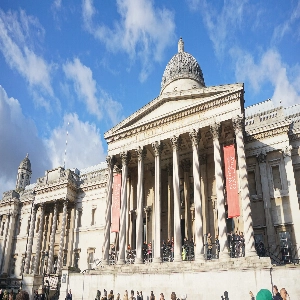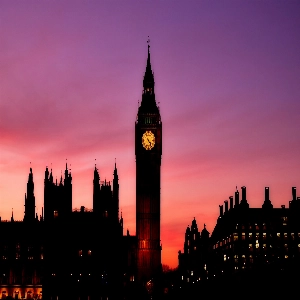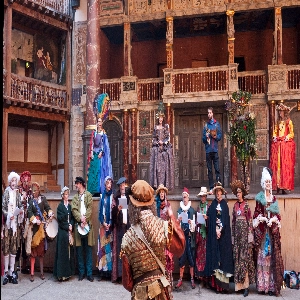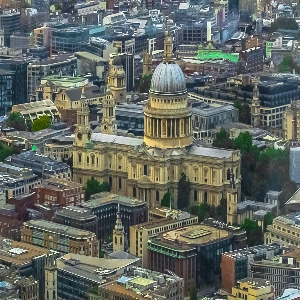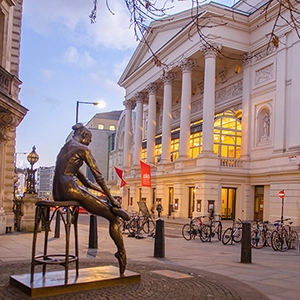Discover The Tower Of London: A Historic Treasure In The Heart Of The City

Few buildings in London, or for that matter in the world, can be truly called as multi-purpose as the Tower of London. Building began on it in 1078, triggered by William the Conqueror just after the Norman Conquest of England in 1066. Like any structure of that age it has been rebuilt (1285) and expanded (in modern times), and requires constant refurbishing. Because it was designed to have several wards, or sections within sections, it was regarded as a secure building, hence its diversity of uses, some of those assuredly requiring thick walls and strong locks.
The Tower of London, technically a castle, has been used over its nearly ten decades as: a royal residence; a prison (several times); a warehouse; an armoury; a fortress; a Royal Mint and treasury; a wild animal menagerie (zoo); a public records office; and a museum. One of the city’s most visited tourist attractions, it welcomes close to 3 million visitors each year.
While the Tower of London, a UNESCO World Heritage Site, has a dark reputation, not as many executions have taken place there as many assume. Still, when you go you can almost sense the presence of the murdered, be that Anne Boleyn, Henry VI, Lady Jane Grey or the unfortunate Princes in the Tower. Tower staff report regular examples of hauntings.
Plan a day-long visit as there is much to be seen in the Tower of London, including The Jewel House, which displays the Crown Jewels.



